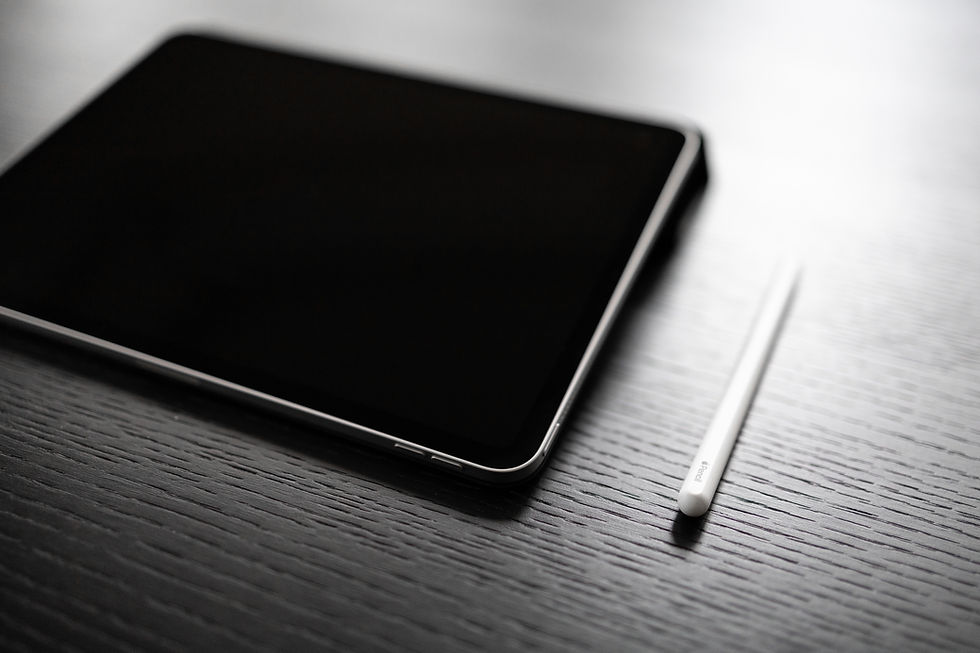What the hell is an FSTD Capability Signature (FCS)? We’ve got an APP for that!
- The Sim Ops Team

- Dec 2, 2020
- 4 min read
Updated: Mar 11, 2024

[This post has been refreshed with new a new link to the app on 11 March 2024.]
Introduction
After many industry presentations and papers most of us in the FSTD industry are aware of ICAO doc 9625 “Manual of Criteria for the Qualification of Flight Simulation Training Devices” (FSTDs). But who amongst us can say that we really understand it?
A huge industry effort has resulted in two volumes (I -aircraft, II - helicopters), each comprising over 600 pages of considered industry best practice and FSTD standards. If you have read it in its entirety then you have our respect (put the two volumes together and it's the same size roughly as all 1200+ pages of Leo Tolstoy’s War and Peace!).
Understanding it and utilizing are different matters; this requires you to get your brain around its core philosophy… and what better way to do that than to simplify its presentation into a mobile app that at least enables you to explore the underlying relationship between training tasks and FSTD features and fidelity levels.
This blog introduces the background to ICAO9625, why it's relevant even more so today as we change the way we train, where we train, what we train on, and why, at SIM OPS, we decided to produce an app to help the industry understand the philosophy. In particular we wanted to answer the question “what the hell is a FSTD Capability Signature (FCS)”.
Background to 9625
ICAO doc 9625, Manual of Criteria for the Qualification of Flight Simulation Training Devices (FSTDs), has been around since 1995 and, as a result of the experience and expertise provided by Civil Aviation Authorities (CAA) and aeroplane and FSTD operators and manufacturers, established common test criteria and standards for FSTDs that would be recognized internationally. It's true to say that most of the regulatory FSTD standards are today based to some extent or another (at least for Full Flight Simulators) on the technical standards contained in 9625.
In its latest incarnation (ICAO 9625 4th edition published in 2015) the industry further developed the manual that would form the basis for all national and international standards for a complete range of FSTDs. This was achieved by establishing the core simulation features and associated feature fidelity levels required to support each of the required training tasks for each type of pilot licence, qualification, rating or training type. Updates included new criteria for UPRT/stall recovery training in FSTDs, objective motion cueing testing, as well as Synthetic Air Traffic Control Environment implementation and a process for evaluating other new technologies such as Virtual Reality.
A few national aviation authorities initially picked it up as their primary reference document for FSTD qualification (e.g. CAA Singapore), some NAAs have afforded it status as an acceptable alternate means of compliance (e.g. FAA, CASA) but only recently have other major authorities like EASA announced their intention to update their Parts FCL, ORA, ARA and CS-FSTD A/H regulations to more fully embrace the whole concept. An EASA NPA regarding these updates is expected to be published before the end of 2020.
How does the App help?
The idea for the app came about several years ago in response to requests from several people during many industry meetings during which time we were updating the ICAO doc 9625 to cater for all pilot training and license types and all potential FSTD requirements. We knew that it was a good concept but it needed an easy-to-use quick way to understand its application and avoid having to wade through all 600+ pages every time.
Using the mobile App it is possible to firstly select the training tasks you want your new simulator to be able to be potentially accredited for and the app will detail the applicable FSTD features and the required fidelity levels as per ICAO 9625 4th edition that make up what we now refer to as the FSTD Capability Signature (FCS).
Alternatively, you may want to determine what the FCS is for your existing FSTD, what training it is therefore capable of being accredited for and what updates or upgrades you might need to enhance its existing FCS and achieve more training capability.
How can I get it?
The app is currently available on the Microsoft App store. You can also read more about it here on the Sim Ops website.
Why is it free?
We know this App is only applicable for a fairly specialised industry so we aren't expecting thousands of downloads. Since we have already absorbed the development costs, we thought we'd share it with the industry for free as a public service.
How can Sim Ops Help?
Apart from making the first ICAO 9625 App available to industry, if you want to know more about ICAO 9625 and the FCS concept, how regulators are starting to adopt its philosophy and how it might affect or be applied to your FSTD operations, then contact SIM OPS and we will be happy to quote for appropriate level of consultancy. We can also provide training on either the App or the regulations themselves either at your site (travel permitting) or remotely.















Comments